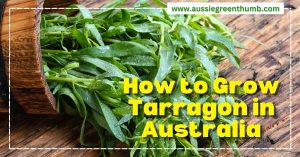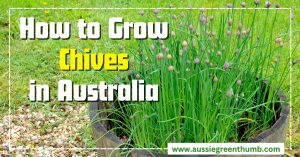The words “drought tolerant plants” have different meanings to different gardeners. I once knew a gardener who believed if a plant was considered to be drought tolerant it meant that once you’d planted it you could then walk away and never have to water it again.
The funny thing about it, in some respects this can be the case with some drought tolerant plants, in some situations. If you are a gardener though who wants to give your plants a better than even chance of surviving their first summer then here is the best way to go about it.
More...
How to Grow Drought Tolerant Plants
When to Plant Drought Tolerant Plants?
I’ve always found that the best time of the year to plant is in autumn. This gives the roots some time to get established over winter and spring before the following summer. It also gives the plant a head start, especially if you have a large garden full of drought tolerant plants that rarely get watered over summer.
Watering Drought Tolerant Plants
The next important thing to do is then water the plant for the first summer and after that it should be able to survive just from the water that falls from the sky. This to me is what the term “drought tolerant plant” means.
It means plants that have evolved in their natural environment to withstand long periods without rainfall and as a consequence can do the same when introduced into a garden situation.
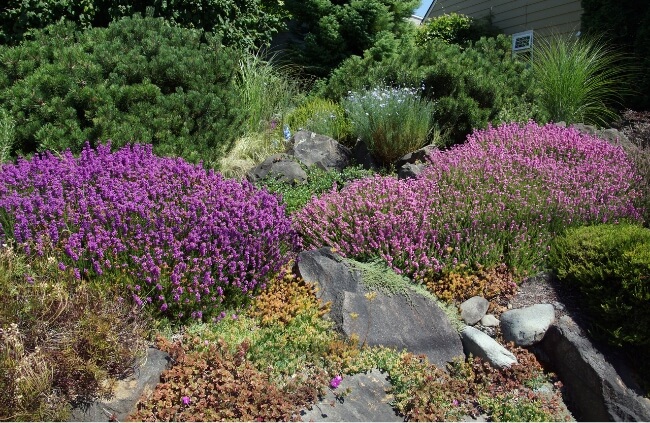
List of Drought Tolerant Plants
Over the years I’ve grown lots of drought tolerant plants and as a consequence I’ve got just a few that are favourites and if I was to start a new garden tomorrow from scratch then these one’s would be definite starters.
It’s also important to point out that this list isn’t a list of the most drought tolerant plants you can find. Instead it is a list of very garden worthy plants that will look and perform very well in the home garden and once established, survive on a very minimal amount of water. So here they are;
- Acacia glaucoptera
- Alyogyne hakeifolia ‘Melissa Anne’
- Banksia ericifolia
- Callistemon salignus
- Eremophila calorhabdos
- Eucalyptus caesia ‘Silver Princess’
- Grevillea ‘Ned Kelly’
- Ptilotus exaltatus
These are just a few of the many Australian Natives that are drought tolerant plants. While there are many other plants that could be added to the list, the ones mentioned above are the ones I've grown in my garden. If I were to plant a new garden tomorrow, these would be the ones that I would choose as a great starting point.
If you want to try them in your garden just remember these rules.1. Don’t fertilise them.2. Plant them in a well drained soil or on a slope or raised garden bed (exception C. salignus).3. Don’t cultivate around the roots.4. Only water to establish or when conditions are extreme and the plant is stressed.
Comparing Plants' Drought Tolerance
A plant’s drought tolerance is something that is not easy to quantify, as there are so many factors that can determine this. So to compare one plant’s drought tolerance against another is not always a simple thing to do. The way I go about it though is to group them into three classifications.
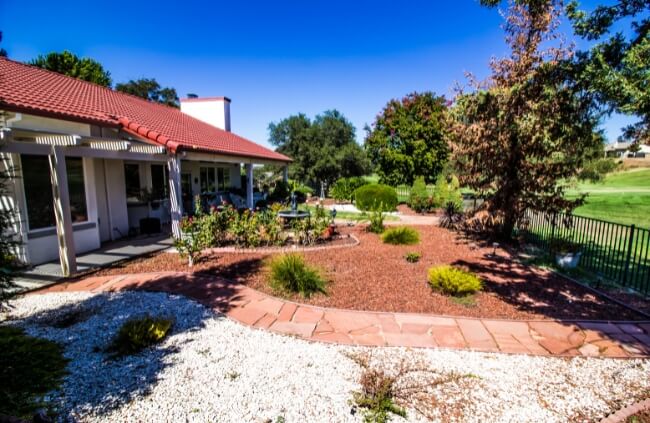
Types of Drought Tolerance Plants
- One of the yard sticks that I use is a plant's ability to actually grow, flourish and flower during dry times. This is a real yardstick as to its drought tolerance. In some respects though, you’d nearly be inclined to classify these types of plants as “drought resistant”.
- On the other hand there are other plants that have the ability to just survive during dry times. They still manage to look good, but don’t actually flower or grow during these times.
- The other type is the type of plant that will survive when it is dry but will actually suffer from the heat by either dropping leaves, leaves becoming burnt or discoloured from the sun or just generally looking stressed.
The first type I’ve found many examples over the years such as alyogynes and eremophilas. These plants are quite remarkable.
An example of the second type might be the King Protea, Protea cynaroides. I’ve grown a few of these over the years and have found that they will survive quite well without much water, once established, but if you were to give them some extra water they tend to grow and flower a whole lot better.
I still think that these are still very garden worthy plants as you the gardener can decide how you wish to water them, if at all.
The third type is a type that I have no time for at all. Now you have to remember that the plants I’m talking about here are plants that claim to be drought tolerant but when submitted to dry conditions the leaves get burnt and in some cases the plant dies all together.
How to Increase Plants’ Drought Tolerance
So whichever classification your plants fall into there are a few things you can do to make them even more drought tolerant.
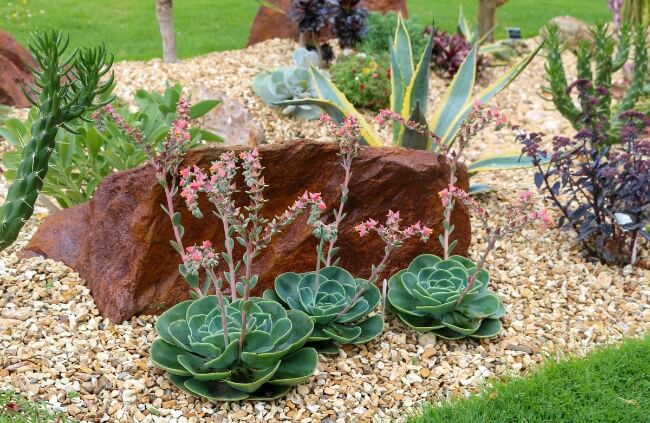
1. Apply mulch around your plants
This would have to be the obvious one as all the gardening “gurus” are always going on about mulch. The important thing here though, is to use a mulch that is not porous.
Porous mulches like bark chips and compost might be great if you live in an area where you might get 20 or 30 mm of rain in one downpour but if you live in a area like myself where it is quite common to get just 5 mm at a time you’ll find that this small amount of rain will get absorbed by the mulch and it won’t get anywhere near the soil or the roots.
Another thing about these organic, porous mulches is that they can look untidy especially when the black birds get into them searching for worms. I used 20 mm Tuscan stones that look great and the water just runs straight off them and into the soil below.
2. Watering drought tolerant plants correctly
This next one is pretty common knowledge amongst gardeners as well. When watering, water more but less frequently. By this I mean water around where the roots are, plus give the area around where you want them to grow a good water as well.
This encourages the roots to grow to find more water. The amount that you water of course is dependent on the type of soil that you have. If you have sandy or well draining soil, it’s best to give the plant a really good soaking.
If the soil is heavy, clayey or not very well draining it’s better not to give them too much water as you have to remember that most plants don’t like their roots to be too wet. The thing to remember with badly draining soils is to mound your garden beds so excess water drains away or to just plant plants that tolerate lots of water around the roots.
3. Know when to fertilise
Don’t fertilise your garden plants, especially if they’re the drought tolerant variety. Most drought tolerant plants have evolved growing in very poor soils and have roots that are adapted to search for the nutrients the plant needs to survive.
So it only makes common sense that the more the roots search, the more substantial the root system and as a result the more drought tolerant the plant.
4. Proper plant spacing
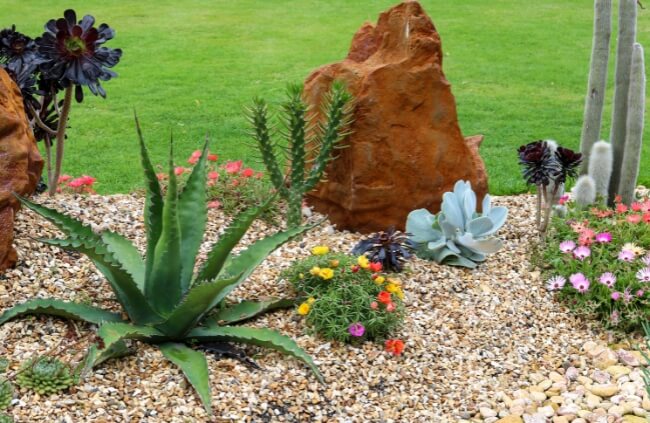
Don’t plant your plants too close together. I have a small garden and as a consequence I plant fairly close together as I like to cram as many plants in as possible.
Because of this though the roots do have to compete a lot more for moisture under the ground and I have noticed that as some of the plants have grown into each other the rate of growth has decreased.
So if you’ve got the space, have a think about how big your plants will eventually grow and plant accordingly.
5. Soil Cultivation
I cultivated my soil before planting so as to break up the soil and make it more friable. This allows the roots to grow quicker and the plants to become established quicker.
6. Group plants with similar water needs together
I’ve got some plants that aren’t very drought tolerant. If you’ve got a plant that needs a little bit of water to survive don’t plant it amongst drought tolerant plants, for obvious reasons.
7. Use Plant Starters
I also use Seasol and Multicrop plant starters. The Seasol helps make the plant more drought tolerant and the Multicrop plant starter helps with root growth.
These are just a few things that you can do to make your drought tolerant plants even more drought tolerant. If you have any other ideas or drought tolerant plants in Australia please feel free to add them in the comments below.
Published on June 22, 2023 by AGT
Last Updated on February 13, 2024

